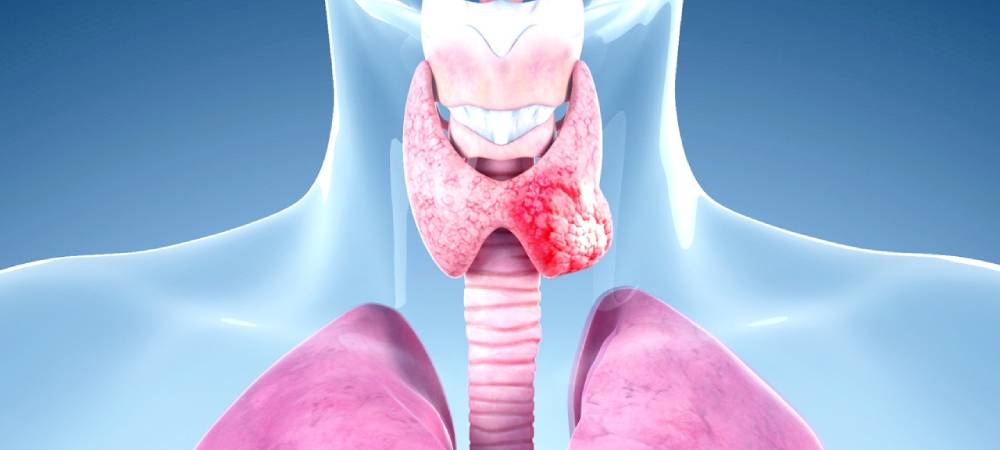ENT Cancer
Home : : ENT Treatments : : ENT Cancer

Head and neck cancer is a term used to define cancer that develops in the mouth, throat, nose, salivary glands, oral cancers or other areas of the head and neck. Most of these cancers are squamous cell carcinomas, or cancers that begin in the lining of the mouth, nose and throat. A diagnosis of head and neck cancer can be confusing and overwhelming. There are rarer forms of head and neck cancer, too, such as adenocarcinomas, which form in glandular cells. Cancers of the salivary glands are often classified as adenocarcinomas.
What are the symptoms of head and neck cancer?
Common symptoms of head and neck cancer include:
- A swollen lump or sore that does not go away
- A sore throat that doesn’t get better
- Difficulty swallowing and pain when opening the mouth
- A change in the quality of the voice, including a persistent hoarseness
- Nasal congestion that won’t go away
- Frequent nosebleeds
- Difficulty breathing
- Unexplained and persistent bad odor in the mouth
What are risk factors for head and neck cancer?
- Alcohol and tobacco: Drinking alcohol and/or using tobacco (whether smoking or using smokeless forms, such as chewing tobacco and snuff) are the major risk factors, especially for the most common types of head and neck cancer.
- Being male: There are nearly twice as many cases of head and neck cancer in men as in women.
- Age: The majority of head and neck cancers are diagnosed in people ages 50 to 70.
- Diet: Excessive consumption of preserved and salted foods, chewing betel “nut” and drinking mate are all linked to oral cancer.
How is head and neck cancer diagnosed?
Arriving at a diagnosis of head and neck cancer typically involves several steps, including:
- Physical exam/diagnostic tests: A person with the symptoms above usually first has a physical exam by an otolaryngologist (an ear, nose and throat specialist also known as an ENT). The ENT feels for lumps and examines the nose, tongue, gums and throat for irregularities. Blood and urine tests are likely to be ordered. They can reveal markers that may indicate the presence of cancer.
- Imaging tests: Doctors use imaging tests to get a clearer picture of what’s going on inside the head and neck, and to find a suspected tumor.
- Computerized tomography (CT) scan: Using X-rays, a CT scan creates images that display a cross-section of an area inside the body. CT scans help doctors pinpoint the location and exact size of a tumor. CT scans are most often used to look at the sinuses and the nasal cavity.
- Magnetic resonance imaging (MRI): MRI uses magnetic fields from a powerful magnet and radio waves (not radiation) to produce detailed pictures of bones and tissues inside the head.
- Ultrasound: Ultrasound uses sound waves to create a picture of structures inside the body. This allows doctors to see whether a tumor is present.
- Endoscopy: Endoscopy uses a thin, lighted tube, called an endoscope, that has a camera on the end. The scope is inserted through the nose or the mouth and into the throat to get an up-close look.
